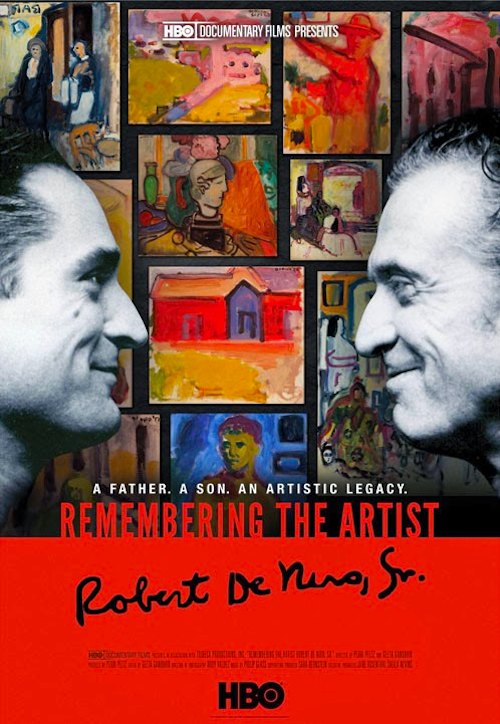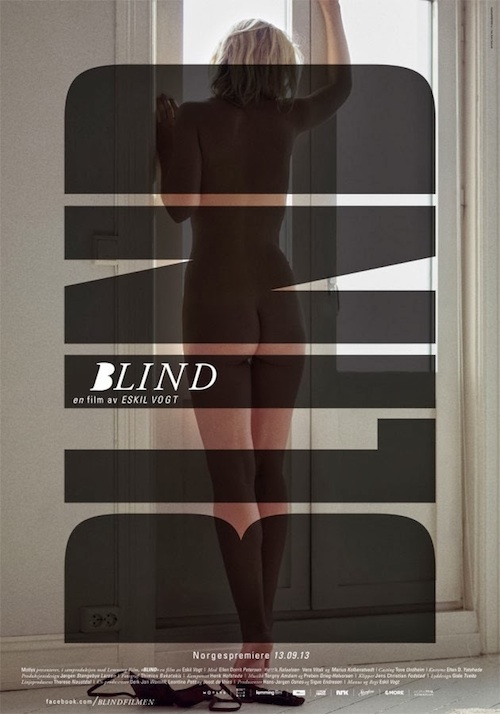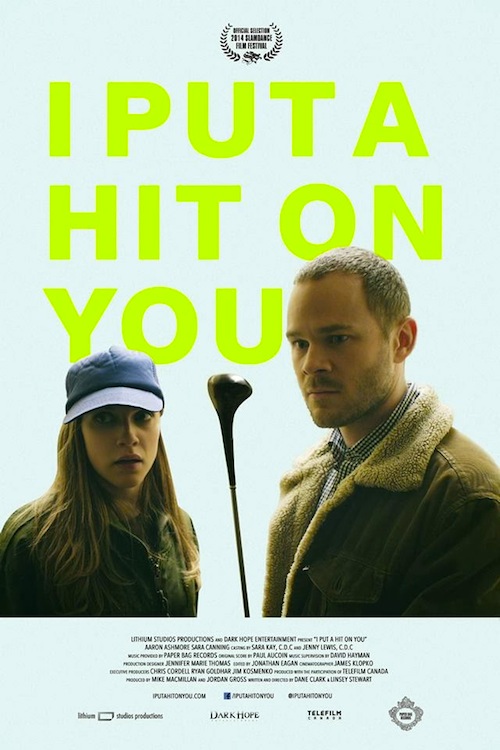 By Joe Bendel. He was a mother’s boy married to twenty-seven wives simultaneously. In many ways, Fela Anikulapo Kuti is a maddeningly difficult figure to fully take stock of, but he sure could play. Wisely, Alex Gibney focuses more on Kuti’s music than his politics in the infectiously funky documentary Finding Fela, which premiered at the 2014 Sundance Film Festival.
By Joe Bendel. He was a mother’s boy married to twenty-seven wives simultaneously. In many ways, Fela Anikulapo Kuti is a maddeningly difficult figure to fully take stock of, but he sure could play. Wisely, Alex Gibney focuses more on Kuti’s music than his politics in the infectiously funky documentary Finding Fela, which premiered at the 2014 Sundance Film Festival.
Kuti was the leading innovator of Afrobeat, the blistering rhythmic fusion of highlife, jazz, and funk music—and he remains far and away the most influential exemplar of the style. In his day, Kuti was probably the only musician more esteemed than James Brown across the African Diaspora. Decades later, his music remained popular enough to spawn a Tony Award-winning Broadway show. That is where Gibney came in. On-hand to document the show’s creative development, Gibney also incorporates a treasure trove of Kuti performance footage to tell the multi-instrumentalist’s story.
Musically, Finding is a rich feast, with real deal Afrobeat band Antibalas performing the music for the Broadway show and living up to the example laid down by their inspiration quite nicely. However, Gibney the documentarian is reasonably forthright addressing some of the darker aspects of Kuti the historical figure.While his musical criticism of Nigeria’s military regime is celebrated at length, Kuti’s less than progressive attitudes towards women and sex are also acknowledged.
To his credit, Gibney also addresses the AIDS issue head-on. Tragically, the voracious Kuti denied the existence of the disease and refused to practice safe sex, even when he began to exhibit obvious symptoms. Admirably, the Kuti family was also rather courageously forthcoming after their patriarch’s death. In contrast, Bill T. Jones, the co-creator and choreographer of the Broadway show admits they basically punted on those problematic final days.

Gibney is a wildly inconsistent filmmaker, who can spin out unsubstantiated conspiracy theories in a film like Client 9, but then craft an insightful sports doc like Catching Hell. In Finding, Gibney obviously decided, when in doubt cut to some music, which is a winning strategy. Whether it is recorded in Kuti’s storied club, the Shrine, or in a Broadway theater, the collected performances are enormously entertaining. There is good stuff during the closing credits as well, so do not be like those squares who walked out of the Sundance premiere during Femi Kuti’s monster solo, recorded during a tribute to his father.
Finding Fela is the rare sort of doc that will have viewers nodding their heads and getting down. Editorially, it also happens to be reasonably balanced and comprehensive. There is really nothing on the negative side of the ledger for it—it is all positive. Enthusiastically recommended, Finding Fela screens again this Tuesday (1/21) in Salt Lake and Saturday (1/25) in Park City, as part of this year’s Sundance Film Festival.
LFM GRADE: A
Posted on January 19th, 2014 at 3:00pm.



